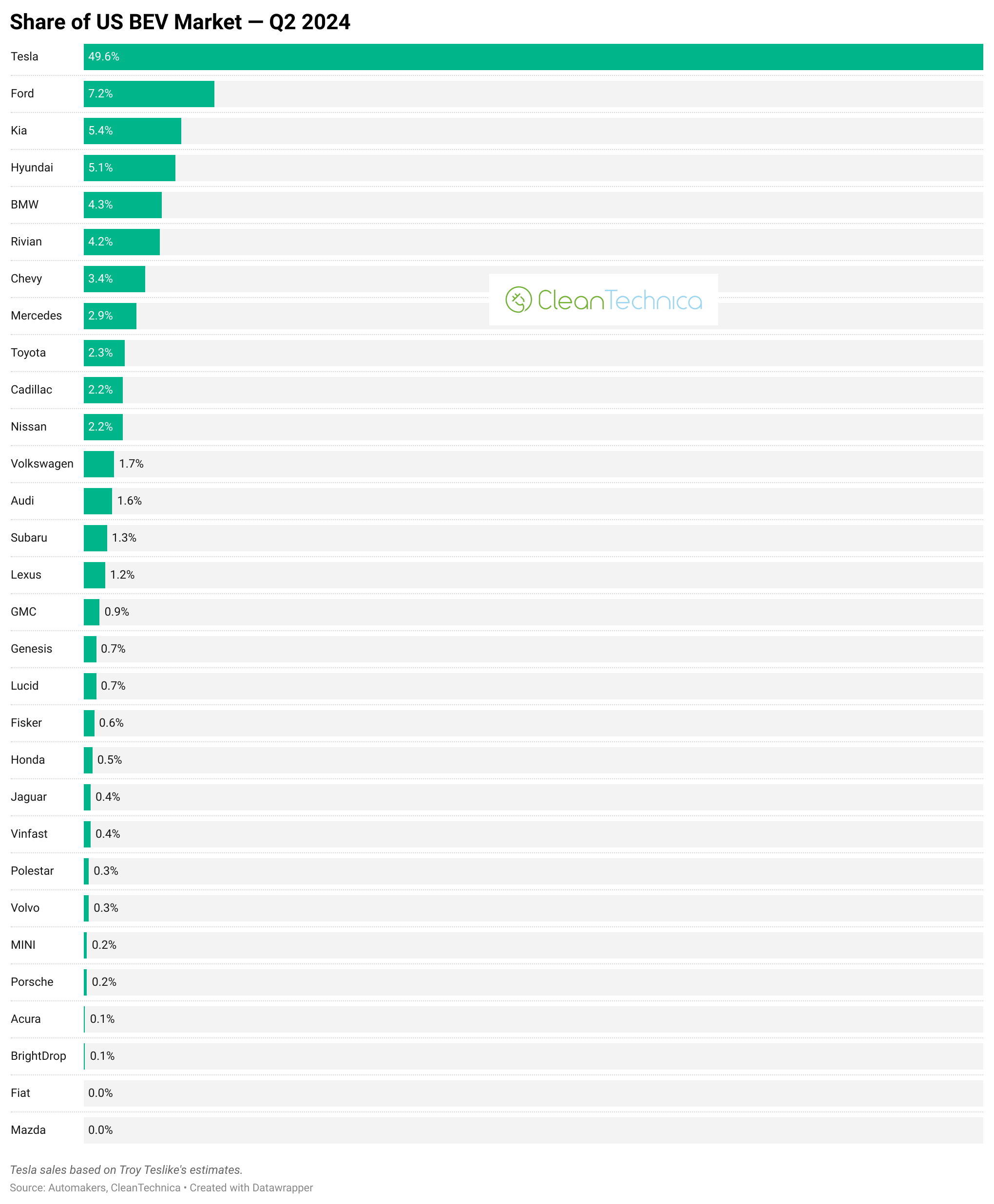
KG Motors’ Mibot: A Single-Seat Wonder
What has one seat, is narrow enough to fit two side by side on Japan’s narrow streets, and is electric but not like a golf cart? It’s a Mibot.
Mibot is a one-passenger micro EV developed by Japanese startup KG Motors. Priced at ¥1 million (about $7,000), it is less than half the price of Japan’s most popular small EV, the Nissan Sakura, which costs ¥2.5 million (about $17,000).
The Nissan Sakura has become Japan’s best-selling electric vehicle, accounting for approximately half of all EV sales in Japan. Since 2023, it has sold over 35,000 units. In late 2024, Nissan stopped taking orders temporarily due to high demand, but continued production and sales in the first quarter of 2025.
Micro EVs like the cute Japanese “kei” cars are a highly localized solution, and so are the many variants of so-called JDM (Japanese Domestic Model) vehicles, exclusive to the island archipelago.
Based on current orders (none have yet been manufactured), it has remarkably outpaced the EV “sales” of established giants in its home market (has more interest at this time).

The Mibot leverages this inherent demand for compact mobility, venturing even further into the “motorized mini-car” category, a classification even more restrictive than the kei car regulations.
This laser focus on a niche market allows the Mibot to offer a solution perfectly aligned with the daily realities of Japanese commuters, especially those in rural areas with dwindling public transportation options and an increasing need for individual, cost-effective mobility for the elderly.
Key Specifications
The Mibot’s technical specifications are minimalist, practical, and affordable. But the current specifications, except for the dimensions, aren’t final.
Judging from available information, Mibot is a compact and nimble vehicle, designed with the constraints of the Japanese rural roads and narrow urban environments in mind. Just look at its size: 2,490 mm in length, 1,130 mm in width, and 1,465 mm in height. The 8-foot (2,438 mm) cargo bed of the Ford F-150 can fit the Mibot with the tailgate down.
This exceptionally small footprint makes the Mibot highly maneuverable and simplifies parking in tight spaces, a crucial benefit in densely populated areas like those found in Japan. The vehicle is a single-seater, a practical design choice that caters to the prevalent need for solo commuting.
Powering the tiny car is a rear-mounted permanent magnet motor. CleanTechnica has repeatedly emailed KG Motors for more information about the powertrain, but we have not received any response yet. We assume that they engineered it to comply with the continuous output regulations for Japan’s “motorized mini-car” category.
A 7.68 kWh lithium-iron phosphate (LFP) battery pack has an estimated range of 100 kilometers on a single charge, which is more than sufficient for most daily commutes and local errands. Its top speed is capped at 60 km/h, a limitation that aligns with its legal classification and its intended use on city streets rather than highways.
Charging can be done via a standard Japanese 3-prong 100V household outlet, eliminating the need for specialized charging infrastructure. A full charge from empty is estimated to take approximately five hours.
The range of amenities includes air conditioning, a small trunk for storage, and an 8-inch information touchscreen. The infotainment system also supports over-the-air (OTA) updates.
Frame Engineering & Safety
The vehicle’s monocoque chassis provides a strong, lightweight structure, while a glass panel roof creates a more open and spacious feel within the cabin.
For example, in a recent video, Mibot engineers discussed the use of colored body panels, instead of painting, and cold weather testing in Hokkaido. The EV will use “zaichaku jushi paneru,” which translates to “pre-colored resin panels.” This material choice is another part of the company’s focus on low-cost and simple construction.
It uses a monocoque chassis that uses fewer parts — main components, including the battery, motor, and electronics. The vehicle is designed to be very small, fitting Japan’s “original minicar” regulations, which are even more restrictive than the country’s “kei car” category.
Prototype Progress
KG Motors Mibot’s development and commercialization is steady. In typical Japanese “kaizen” fashion (continuous improvement), the company has publicly showcased prototypes undergoing various tests.
Videos released by KG Motors depict the Mibot performing well in challenging conditions, including icy road tests in Hokkaido and demonstrating its maneuverability through tight, historic districts in Hiroshima. Crucially, the company has also conducted and released footage of crash tests, a critical step towards obtaining the necessary vehicle safety certifications required for commercialization in Japan. This transparent approach to development and testing builds confidence and validates the vehicle’s engineering integrity.
No Deliveries Yet
Many sites have reported that Mibot has sold and delivered nearly 3,000 cars. The actual situation is that the initial annual 3,300 units it will produce have already been pre-sold to customers and delivered by March 2027. This was confirmed by The Japan Times.
Production is slated to commence in October 2025 at KG Motors’ new factory located east of Hiroshima. The initial rollout plans are strategic, with the first 300 units targeted for delivery to customers in Hiroshima and Tokyo by March 2026.
While KG Motors anticipates an initial loss on the first production run, it projects breaking even on the second, with a long-term goal of producing approximately 10,000 units annually. The strong pre-order numbers, which have surpassed Toyota’s entire EV sales in Japan for 2024, underscore the market’s enthusiastic reception for this novel transport solution.
Sign up for CleanTechnica’s Weekly Substack for Zach and Scott’s in-depth analyses and high level summaries, sign up for our daily newsletter, and follow us on Google News!
Have a tip for CleanTechnica? Want to advertise? Want to suggest a guest for our CleanTech Talk podcast? Contact us here.
Sign up for our daily newsletter for 15 new cleantech stories a day. Or sign up for our weekly one on top stories of the week if daily is too frequent.
CleanTechnica uses affiliate links. See our policy here.
CleanTechnica’s Comment Policy





